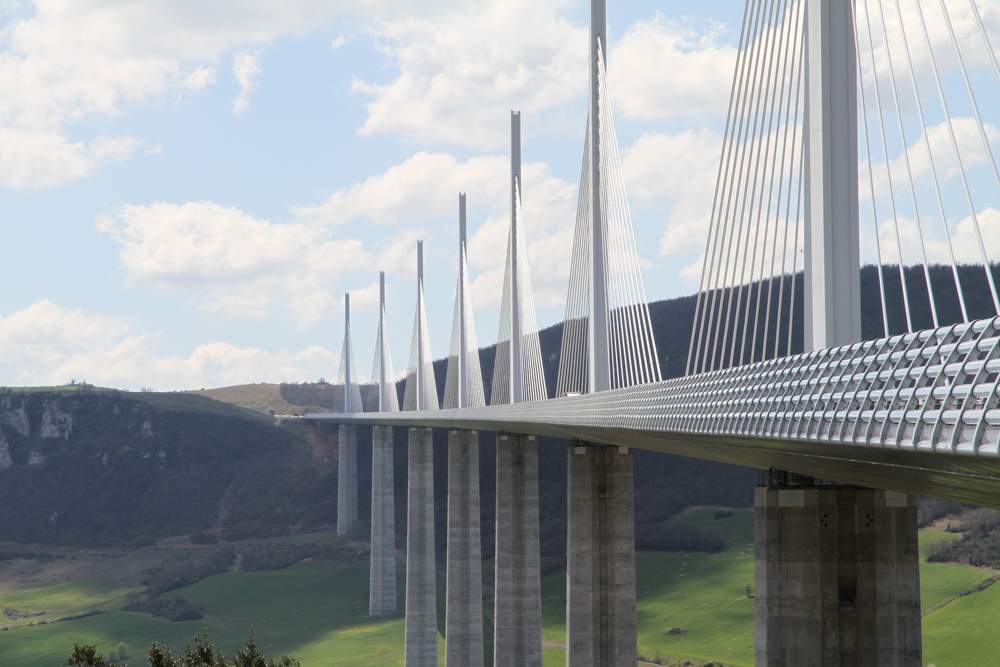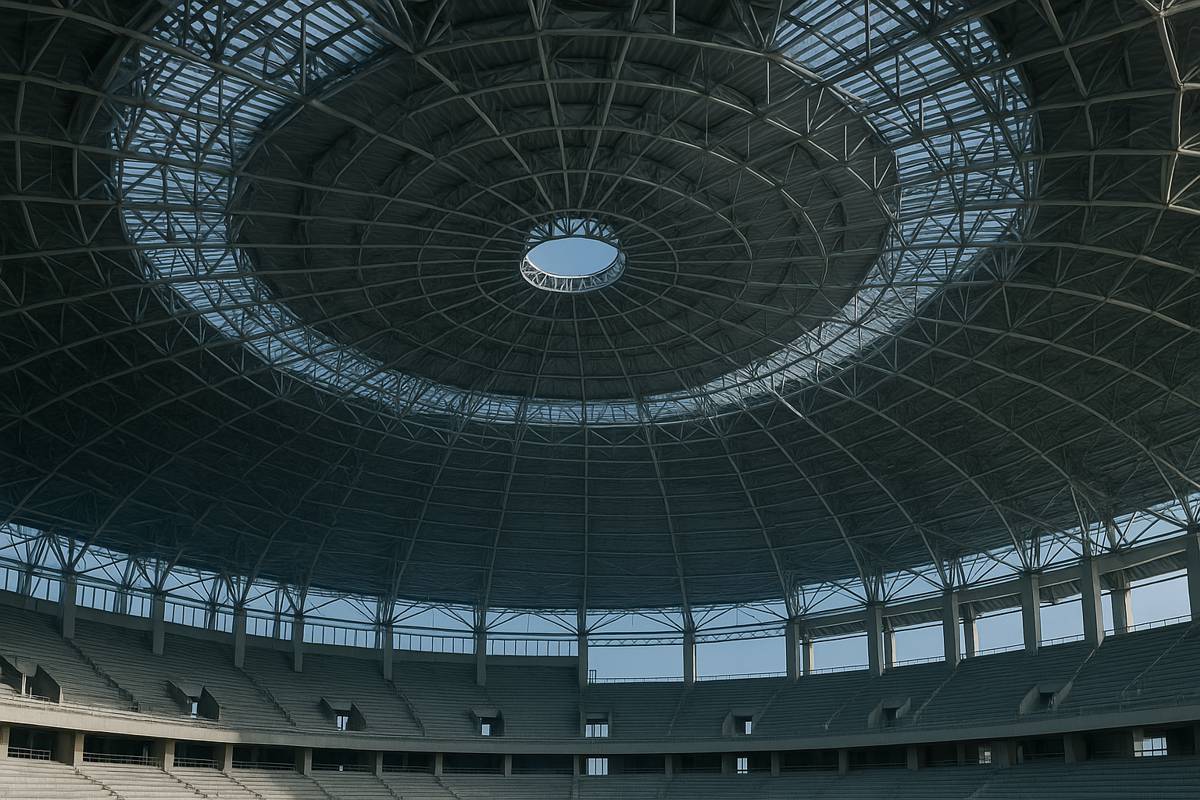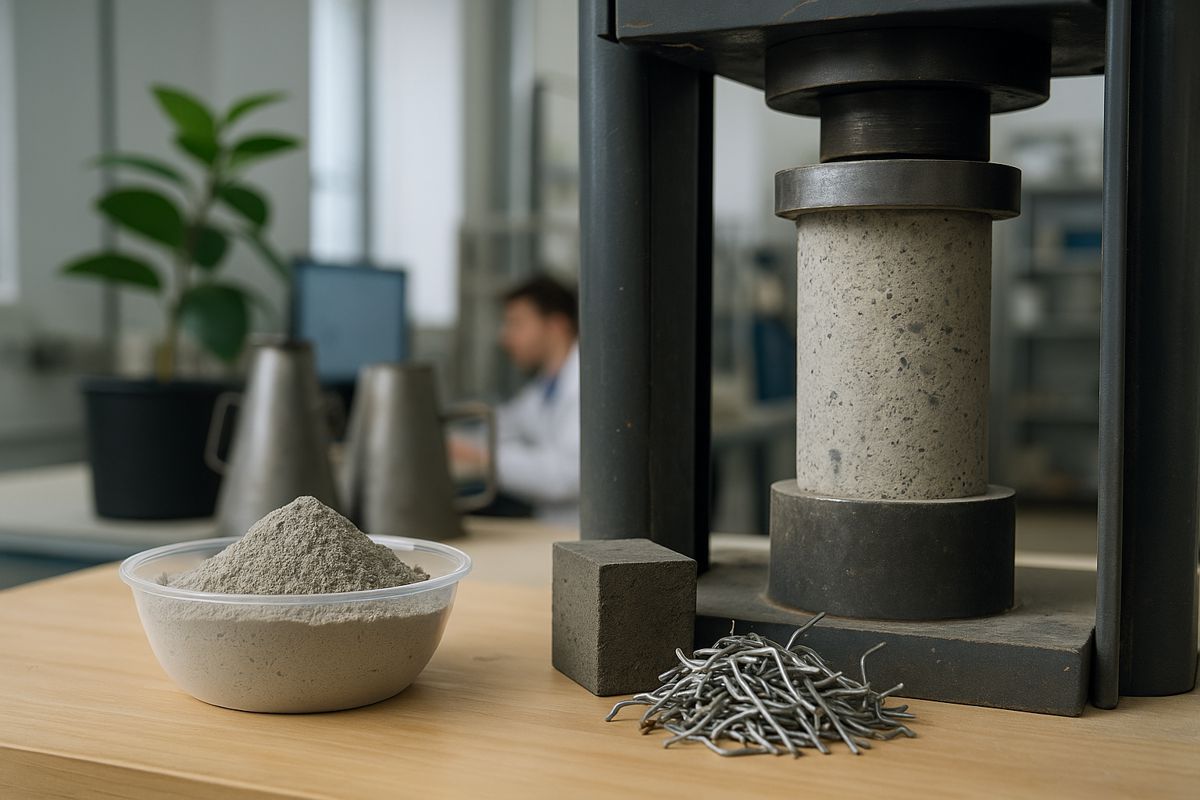Rapid strength concrete is bringing about a transformation in highway construction
The construction industry is facing a big challenge in adopting sustainability owing to rapidly advancing infrastructure and maintenance, which calls for the development of high performance construction materials. Thankfully, increased adoption of rapid strength concrete has emerged as an ideal and suitable driver in enhancing the construction activities across the globe.
Rapid strength concrete when amalgamated with a minimal quantity of water, develops high compressive strength and improved resistance within almost a few hours of its application.

Rapid strength concrete mixtures are produced by precisely selecting high-quality ingredients and mixture designs. It has been claimed that this type of concrete is expected to offer tremendous advantages over traditional cement. This factor has compelled various market players to brainstorm new applications for rapid strength concrete, which will not only augment their stance in the overall market, but would also bring up new innovations in the field.
In one such move by Far Eastern Federal University (FEFU) scientists in 2019 announced the development of a brand new rapid strength eco-concrete. The new concrete is considered to be environmentally friendly and was demonstrated to improve the compressive strength of concrete by nearly 2.7 to 3.3 times. Additionally, use of this eco-concrete would support declining the energy costs by over 70 percent.

Today, various governmental bodies have been putting immense focus on improving the internal mobility facilities, on account of which they have been introducing new projects for constructing highways and freeways. The California Department of Transportation, in 2015, declared introducing North America’s largest concrete slab replacement projects for rapid highway constructions – a project that will drive demand for precast concrete pavement slabs. The increased number of state road construction projects in the region will create a major impetus to the regional market expansion.
Moving ahead, the adoption of rapid strength concrete has undeniably helped construction companies to reduce their capital spending on a much larger scale. For example, Kier Highways, one of the UK based highway management firms, had in 2017 saved approximately £35 million from the government allotted funding on a single project with use of rapid strength concrete. Making use of rapid strength concrete for highway renovation has enabled Kier to prevent lane closures, since the material boasts of the ability to dry faster.

Currently, the trend of sustainable living is becoming more prominent globally and stands as an ideal step in designing and construction of transportation infrastructure. Well known market players operating in rapid strength concrete industry have stringently been working on research and development programs to reduce the impact of concrete on environment with development of next-gen sustainable cement. Apart from the aforementioned factors, elevating prices of construction material have enabled cement producers to adopt several business strategies to bolster their geographical foothold in the overall industry.

These transforming trends towards development of eco-friendly, low cost, and high performance cement will massively influence the revenue graph of rapid strength concrete market, which Global Market Insights forecasts will account for a market valuation of US$424 billion by 2026.



















